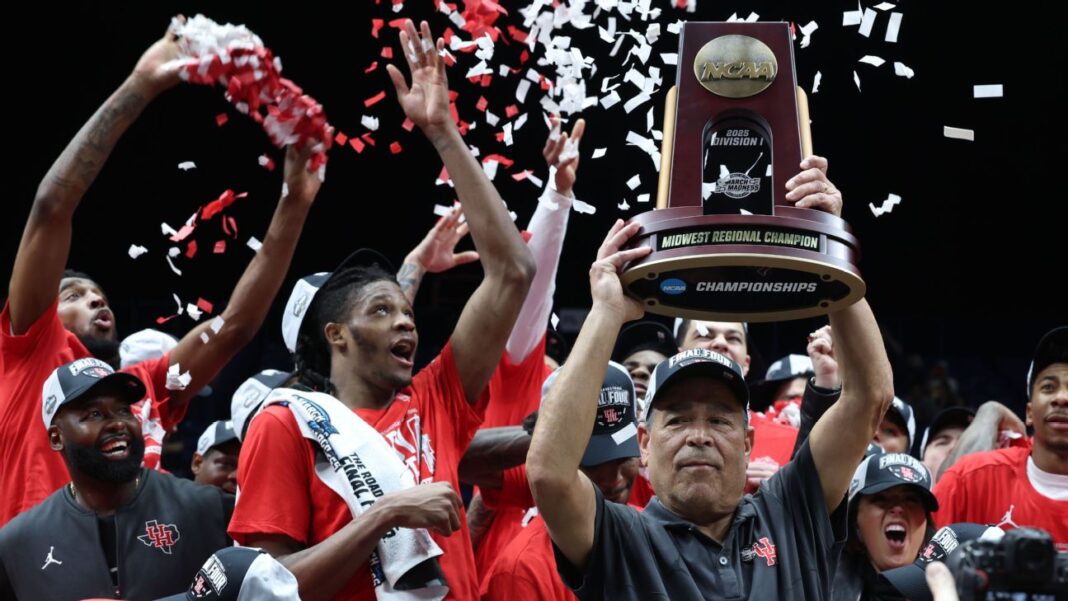Understanding ESPN’s Bracketology and the NCAA Tournament Selection Process
As college basketball fans eagerly anticipate the NCAA tournament each March, ESPN’s Bracketology efforts take center stage. Guided by the expertise of bracketologist Joe Lunardi, ESPN aims to project the NCAA tournament field using criteria that closely mirror the principles established by the NCAA Division I basketball committee.
The Formula Behind Bracketology
Lunardi’s projections are not merely educated guesses; they are rooted in data analysis and a deep understanding of the selection committee’s preferences. He examines several crucial data points, such as:
-
Strength of Schedule: This metric evaluates how tough a team’s opponents are throughout the season. A challenging schedule can significantly bolster a team’s profile when it comes time for selection.
-
NET Rankings: The NCAA uses the NET (National Evaluation Tool) metric, which combines results, game location, and the quality of opponents to assess team performance.
-
Season-Long Indicators: Lunardi also analyzes various performance metrics and team-sheet data that are made available to the NCAA. This comprehensive approach enables him to create accurate projections of the tournament field.
For a deeper dive into the selection criteria, the NCAA’s website provides an extensive breakdown of the guidelines used to determine which teams make the cut.
The Standard 68-Team Bracket
Since 2011, the NCAA tournament has utilized a 68-team bracket—this format has become a hallmark of March Madness. Though the basic structure remains unchanged, there are annual nuances worthy of attention.
One significant shift occurred in the 2021 tournament due to the COVID-19 pandemic, which saw the entire tournament relocate to a single site, Indianapolis. This alteration had several implications:
-
Geographical Considerations Eliminated: Traditionally, teams are seeded with a geographical focus in mind, but the singular site did away with these considerations.
-
Fewer Automatic Qualifiers: The Ivy League’s decision to forgo the 2020-21 season resulted in one fewer automatic qualifier, bringing the total to 31 teams securing their spot through conference championships.
The 48-Team Bracket Concept
Some projections explore a condensed selection process featuring a 48-team bracket. This approach would reduce the number of at-large selections and automatic qualifiers:
-
Byes for Top Seeds: In this structure, the top four seeds in each region would automatically advance to the second round, streamlining the progression for higher-ranked teams.
-
First-Round Matchups: First-round games would include matchups like 5 vs. 12 and 6 vs. 11, taking place on the home courts of the higher-seeded teams—though they would occur without fans in attendance.
-
Geographic Pairings: To minimize travel burdens, pairings would be primarily determined based on geographical proximity.
-
Minimum Conference Record Requirement: The “Lunardi Rule” states that for at-large consideration, teams must achieve a minimum .500 record within their conference.
The 16-Team Bracket Model
In scenarios where only the top 16 teams are selected and seeded, the selection committee operates under a different framework:
-
No Automatic Qualifiers: Unlike the traditional format, this model does not guarantee automatic spots for conference champions, though those teams still earn designated revenue units.
-
Capped Conference Participation: To ensure a diverse field, the selection committee limits conference representation to a maximum of four teams. This rule also stipulates that no single region can host more than one team from the same conference.
The Rigor of Selection
Through understanding these bracket frameworks, fans can better appreciate the intricate decision-making process that defines the NCAA tournament. Each selection method highlights varying priorities, whether it be maintaining competitiveness, ensuring geographical fairness, or simply curating the best talent available.
As March Madness approaches, the excitement builds not just for the teams that qualify but also for the discussions and debates sparked by Lunardi’s projections and the many complexities of NCAA selection criteria. The tournament isn’t merely about winning—it’s about the anticipation, the stories, and the relentless quest to capture a championship.



